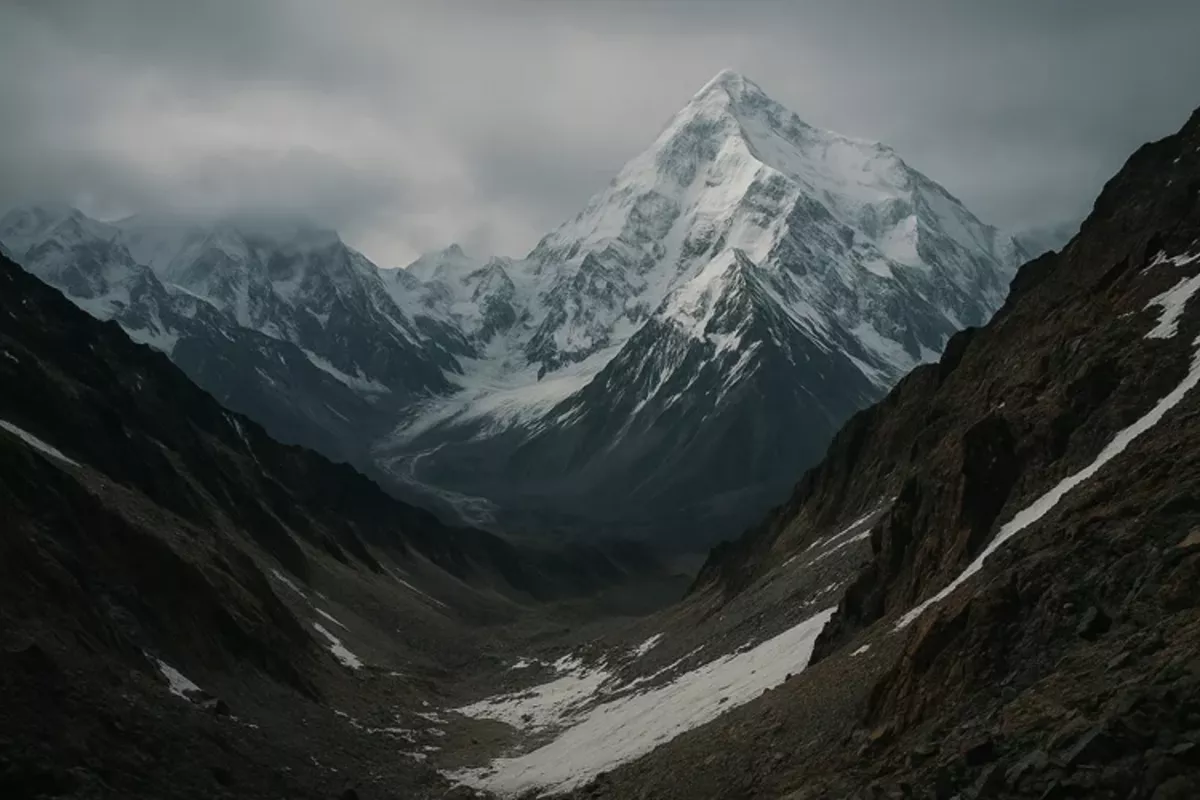
The tragic death of 47-year-old Russian climber Natalia Nagovitsyna on Peak Pobeda (Victory Peak) in Kyrgyzstan has once again raised the question: why do mountaineers return to places marked by danger and loss?
Psychologist Nadezhda Kucheruk has shared her insights, The Caspian Post reports via Kazakh media.
Nagovitsyna suffered a severe leg injury during her descent and became stranded at an altitude exceeding 7,000 meters. Despite multiple rescue attempts, she could not be saved. The tragedy is especially poignant because in 2021, her husband, Sergey Nagovitsyn, also died during an expedition on nearby Khan Tengri.
Kucheruk noted that Nagovitsyna’s return to the mountains was far from accidental. “Mountains become a place of connection. Her husband remained there. The subconscious seeks to touch the loss in order to turn it into experience rather than an open wound,” she explained.
The psychologist highlighted that for many climbers, revisiting such dangerous places fulfills a profound inner need. “The subconscious does not accept defeat. A person returns to prove: ‘I am stronger than my pain.’ It is an attempt to close an unfinished chapter. Where there was loss, people search for a way to transform grief into strength,” Kucheruk added.
The story of the Nagovitsyns, in which both husband and wife met tragic ends in the mountains, illustrates how sport, memory, and love intertwine with risk and human destiny. “Everyone seeks the place where the heart feels most deeply. For her, that place was the mountains. There she lost, and there she also found,” the psychologist concluded.
Earlier, Nepalese climber Nirmal Purja, also known as Nimsdai, gained worldwide fame in 2019 after completing the record-breaking “Project Possible,” summiting all 14 of the world’s 8,000-meter peaks in just six months and six days.
Share on social media